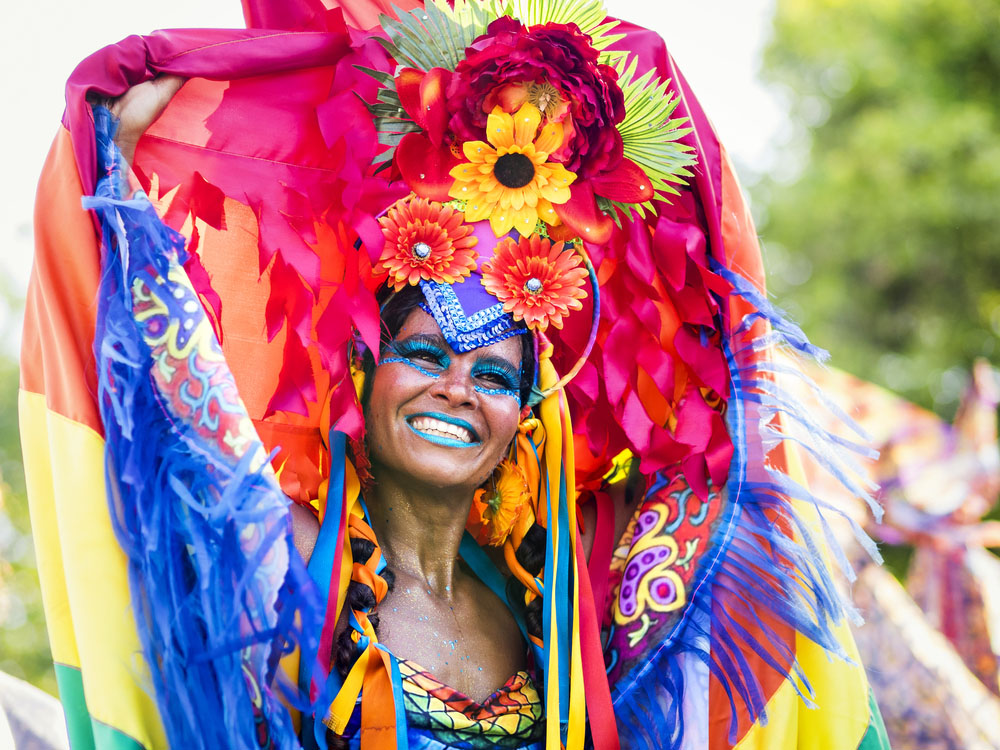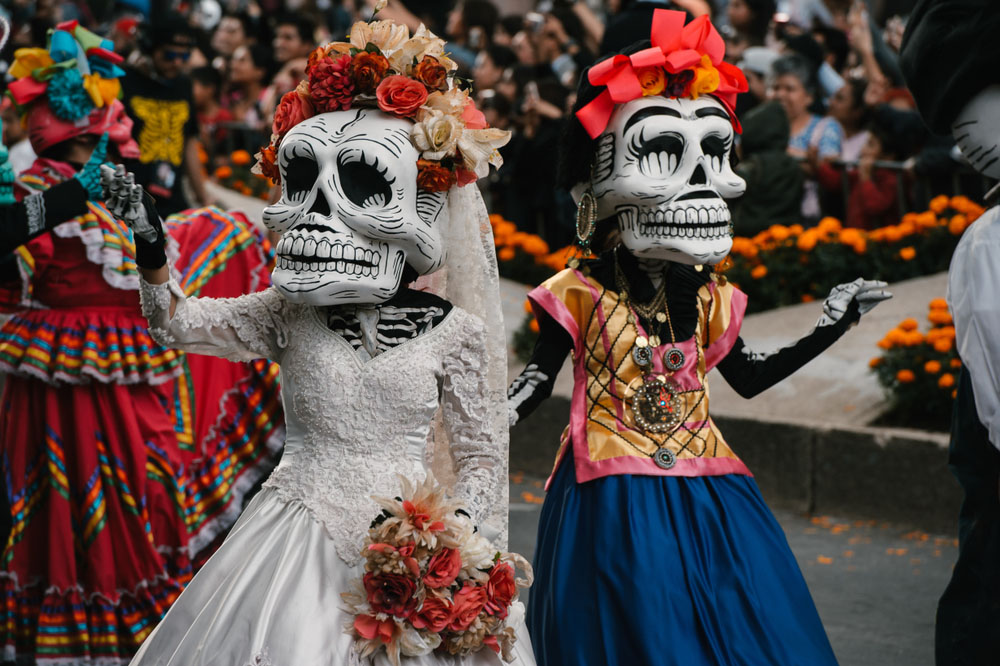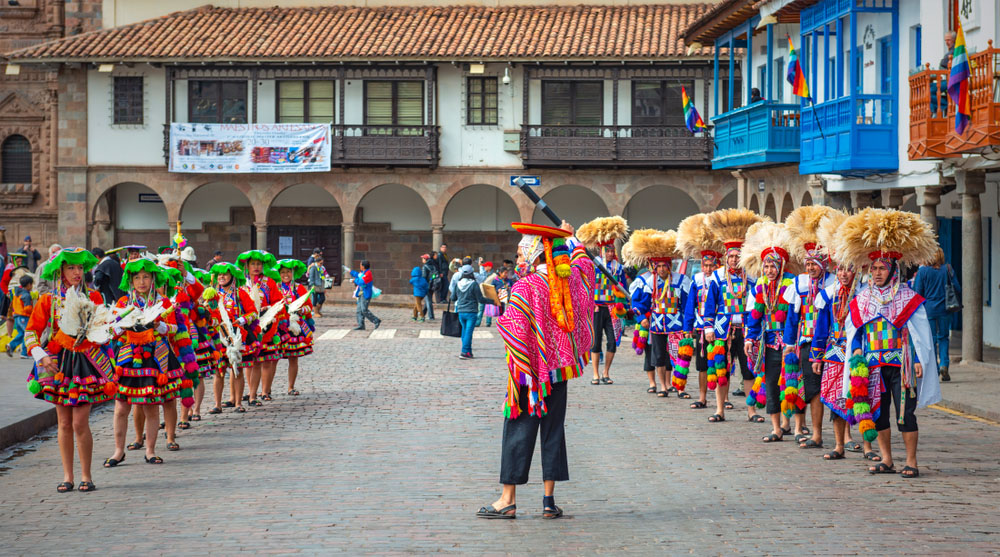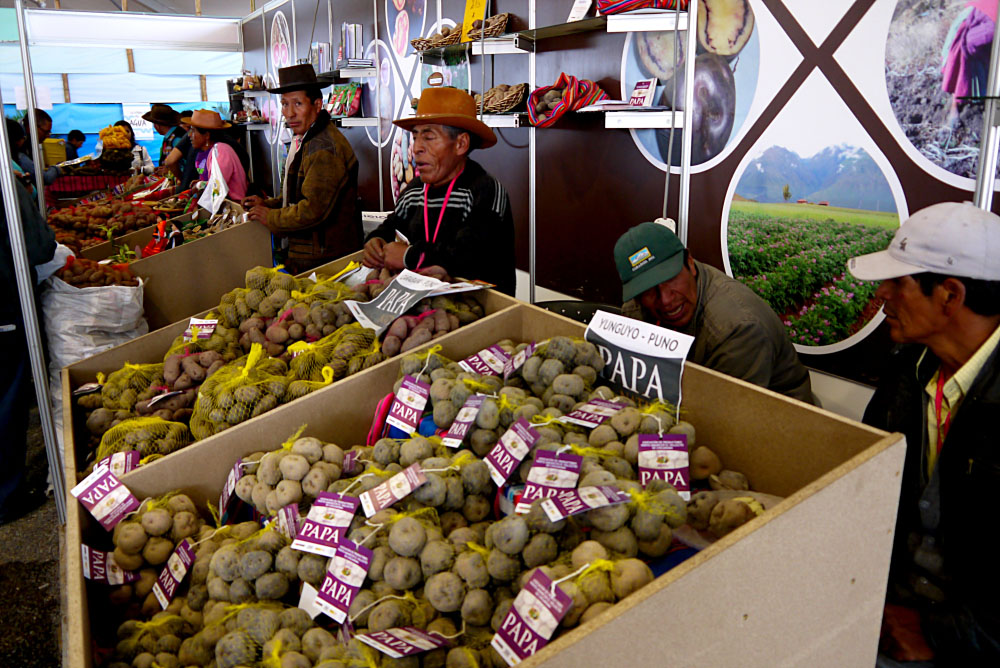It’s no secret that Latin Americans love themselves a good paaartay, with the continent’s yearly calendar filled with more events than days. Their love of a good time is, indeed, the stuff of legends, yet what’s even more endearing is their fervent desire to drag even the most reluctant of spectators to come along for the ride and celebrate the best festivals in Latin America.
As a mere visitor to Latin America, you can learn to samba with the best dance schools in Rio de Janeiro, pay your respects to the dead in Mexico, eat with unabashed abandon in Peru and try to appease the Sun god in the high Andes, all the while having the absolute time of your life.
PS – Come hungry and well rested!
Carnival, Rio de Janeiro, Brazil

Every discerning traveler worth their weight in coxinhas knows that the most authentic Brazilian Carnival is held in the country’s northern beach hub of Salvador de Bahia; yet, for sheer grandeur alone, the Carnival in Rio de Janeiro still reigns supreme.
Widely considered ‘the best party in the world’, the Rio Carnival festival in Latin America is a 2-week long feast for all the senses with nightly street fiestas (called blocos) and samba dance competitions culminating in four days of sensational partying in the city’s famous Sambadrome Stadium.
Traditionally, the festival was meant to celebrate the beginning of the Catholic Lent — the 40-day period before Easter when believers abstain from meat and general reveling — although the original meaning of this fiesta was somehow lost between the mountains of feathers, sequined costumes and free-flowing caipirinhas.
The whole city (which is exuberant at any time of year) simply explodes into fiesta-action! Head to just about any suburb in Rio and you’ll come across samba street performances, endless rows of food and cocktail stalls, non-stop music blaring and arguably the happiest vibes in the world. The dance final, held in the Sambadrome, showcases a magnificent collection of outrageous floats, sexy regalia and out-of-this-world dancing. Join a samba school a few weeks beforehand and you too could be part of the action.
Held towards the end of February/beginning of March each year, the Rio Carnival festival in Latin America is a mind-blowing cultural experience no visitor should miss.
The Day of the Dead, Mexico

Latin Americans have always had a fervent fascination for the morbid and Dia de los Muertos — a time to celebrate one’s dearly departed — is a prime example.
One of the most important religious festivals in Latin America, the 3-day event originated in Mexico hundreds of years ago and is meant to pay homage to the dead and support their continued wellbeing in the afterlife. Although celebrated throughout the continent, the most vibrant Day of the Dead fiestas are held in its birthplace, where the festivities have evolved into a joyful celebration of life as much as of death.
Extraordinary masks, face paints and costumes make this one of the most photogenic fiestas of all with the added bonus of sweet and savory Day of the Dead treats, such as sweet breads (pan de muerto) and tamales, providing plenty of energy for festival goers.
Traditionally a family affair usually held in cemeteries the country over, the modern-day Dia de Muertos invariably spills onto the streets and squares of every city so don’t fear having to gate-crash a private cemetery family reunion to have a look-see. The most colorful and rewarding fiestas for tourists to attend are held in Mexico City, Aguascaliente and Patzcuaro, the latter a particularly picturesque spot.
The Day of the Dead celebration is held every year, from the 31st of October until the 2nd of November.
Inti Raymi, Cusco, Peru

Peru’s most revered cultural event happens to fall at the beginning of tourist season and, for this reason alone, it has become one of the most famous festivals in Latin America.
Dating back to pre-Columbian times, the Festival of the Sun was the most important Inca event of all, one aimed at celebrating and appeasing the ancient culture’s most revered mythological Sun god, Inti. Animal sacrifices were meant to ensure a good upcoming harvest and vibrantly colorful processions, from the ancient Inca capital of Cusco to the historic fortress of Sacsayhuaman, would be taken over the course of nine days.
Nowadays, Cusco’s Inti Raymi is a wonderfully colorful reenactment held in Sacsayhuaman on the day of the southern hemisphere’s winter solstice, June 24, and continuing in the city’s main plaza for a night of celebrations filled to the brim with food, drinks and music.
A huge part of the appeal for foreign visitors is that the festival attracts thousands of traditionally-dressed locals, from all over the Andes, who descend on Cusco and its ancient fortress to celebrate their god. For people-watching value alone, Inti Raymi is simply brilliant.
Mistura, Lima, Peru

The largest culinary festival in Latin America is a relatively recent addition to its fiesta-scene, one that has not only grown enormously in just a decade but one that also reflects Peru’s amazing gastronomic prowess.
An unmissable feast for foodies, mistura brings together all the eclectic specialties which have ensured Peruvian cuisine become one of the most titillating in the whole continent and attracts food producers, farmers and chefs from all over the country.
Celebrating Peru’s indigenous and multi-ethnic culinary roots, festival in Latin America, mistura, showcases a bewildering array of amazing food. Head to Lima’s Magdalena del Mar suburb in the last week of August and you’ll find almost 100 food trucks and stalls selling everything from beef heart kebabs (anticucho de corazon) and flame-frilled guinea pigs (cuy) from the Andes to delicious seafood from the Pacific, exotic fruit from the Amazon and, as one would expect, 1001 different pastries and biscuits drenched in mouthwatering caramel (dulce de leche). In a continent brimming with ancient fiestas, attending a modern fiesta still rife with cultural meaning is rather rewarding. Most of all, for your taste buds.
The best part? Mistura runs for two whole weeks so you need not feast to bursting point in just one visit! Keep an eye on this Peru Telegraph article for exact dates for 2020.